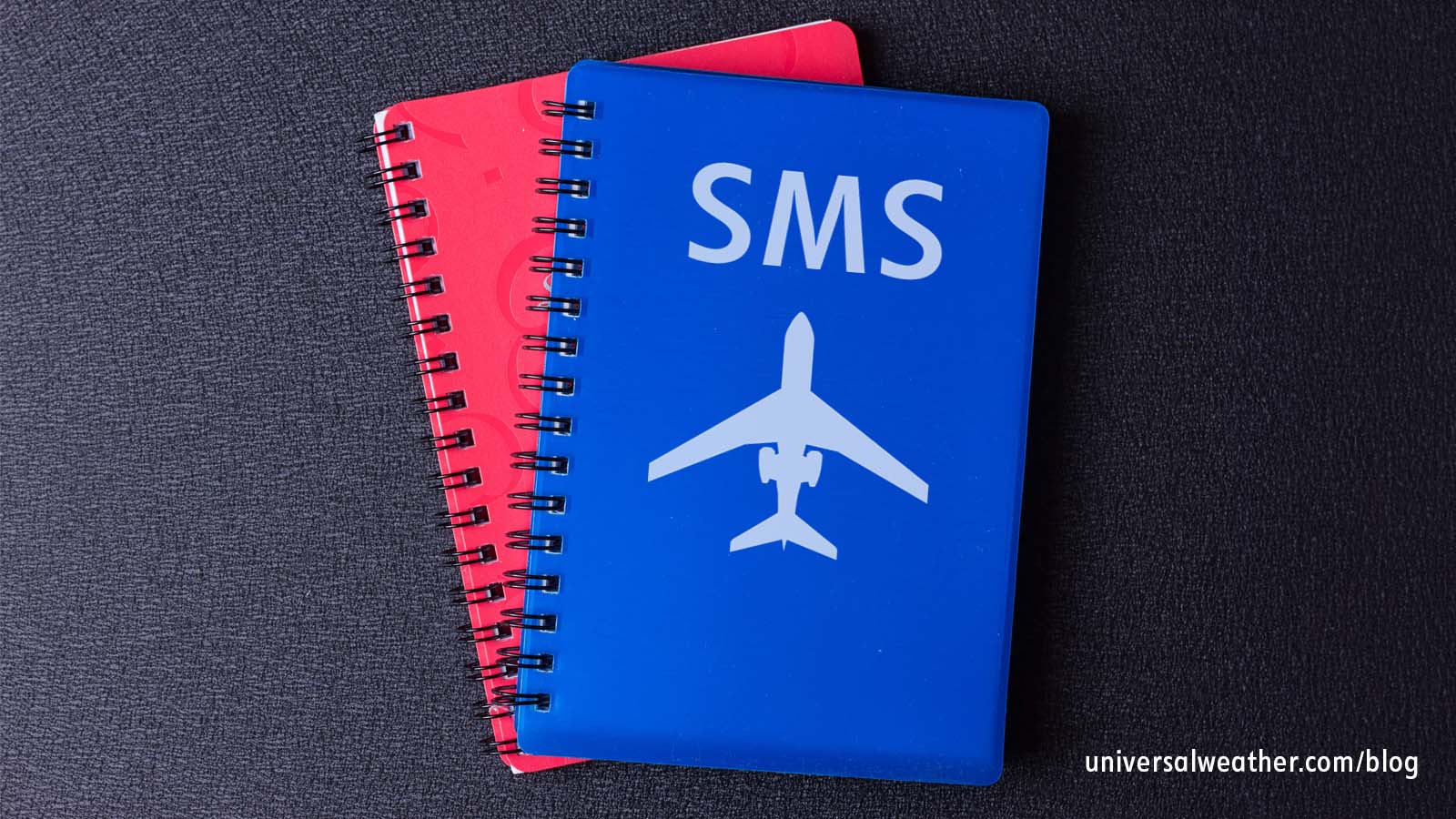SMS/IS-BAO Considerations for Schedulers & Dispatchers — Part 2: Implementing SMS


This business aviation blog post continues from our article last week titled “SMS/ISBAO Considerations for Schedulers and Dispatchers – Part 1: Understanding SMS.”
It’s important to take your time and do due diligence in implementing and managing an aviation safety management system (SMS). SMS needs to become integral to your overall corporate culture in order to achieve optimal performance and avoid potential pitfalls that could undermine and degrade the SMS system. Here are some considerations for implementing an SMS and implications for flight department schedulers and dispatchers:
1. Are there tools to assist in the SMS process?
The most important tool an organization can have in implementing a SMS is effective training, to really understand:
- how to design the key SMS processes to obtain desired outputs and how the processes communicate with each other
- how to deploy these processes in your organization
- why the processes are needed
Interactive software tools are available that can ease the process of implementing, managing and helping users learn an SMS a. Small operations with one to three aircraft do not require specific SMS applications; however, large and complex organizations may require robust tools to manage the SMS processes.
Time and patience are required when implementing a SMS. There will be unique obstacles and challenges for each operator when traveling down the implementation path, but diligence and adherence to a plan will help navigate any obstacles.
2. Should SMS processes be outsourced to a 3rd-party provider?
SMS regulations are prescriptive by nature, and the SMS guidance provided through Annex 6 for both Part I and II is broad in scope and very generalized. ICAO Document 9859, 2nd Ed. provides insight into how to establish and maintain an SMS to help the operator develop and implement meaningful, applicable processes. Additional training, including books, online resources, seminars, and the services of 3rd-party providers, is available depending upon your particular organizational needs.
After SMS training is completed, the organization should determine the most appropriate tools for ongoing SMS requirements. Be careful, however, when opting to transfer a portion or all of the SMS processes to a 3rd-party provider, as this may force you to conform prescriptively to their particular SMS processes. It’s important to understand how a 3rd-party provider structures and manages the SMS processes and to ensure that their approach to SMS meets the safety performance goals of your particular organization.
3. What’s best practice in creating a SMS?
Avoid ‘canned’ or ‘generic’ SMS programs/manuals to simply satisfy regulatory requirements. An effective SMS must be tailored to your organization and involve ‘buy in’ by all personnel in order to be truly effective. Be prudent in selecting 3rd-party providers and SMS tools/training. A provider may ask you to conform to processes that are not ideal for your particular operation. Be sure to seek appropriate training for schedulers and dispatchers.
Conclusion
There are no effective half measures when implementing an effective SMS program. Look at all your options in terms of implementation, determine who in your organization will be responsible for guiding the overall process, and choose outside help, in terms of online training and 3rd-party providers, carefully.
Questions?
If you have any questions about this article, contact me at christinevamvakas@univ-wea.com.




